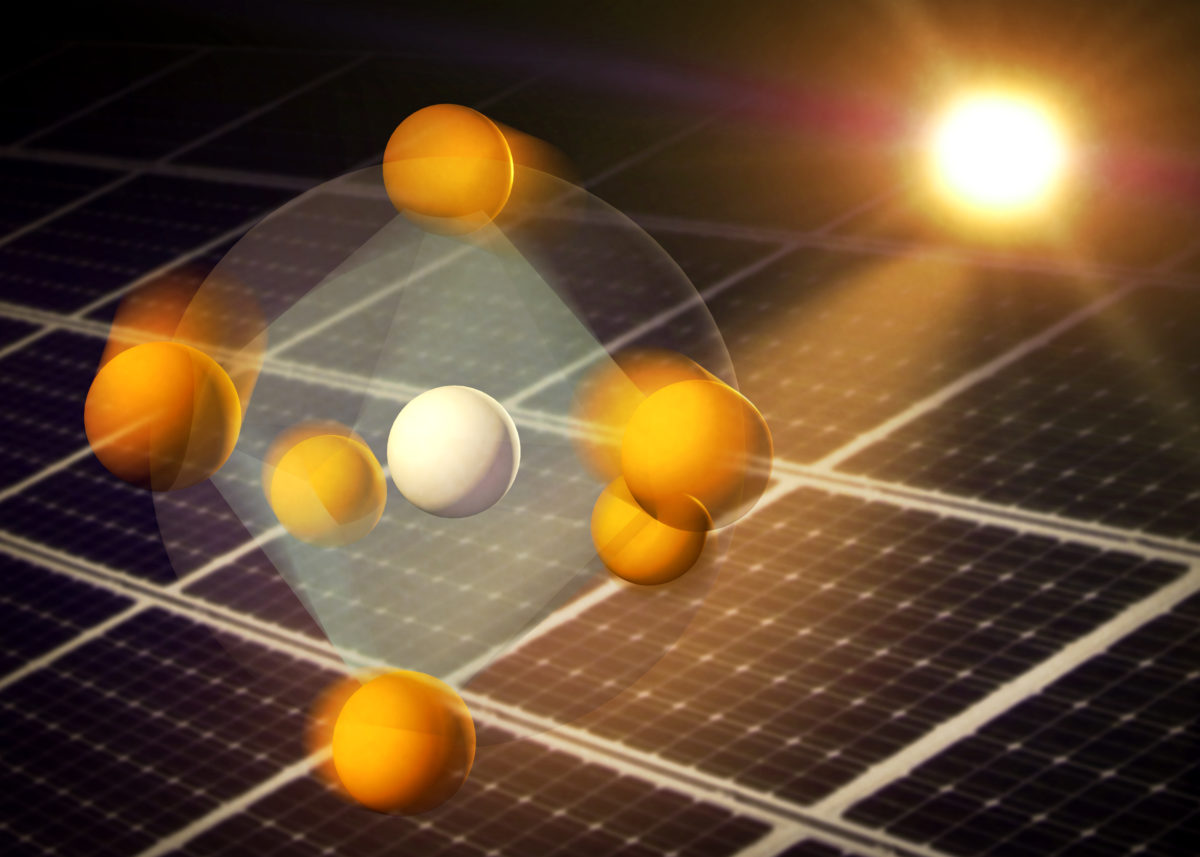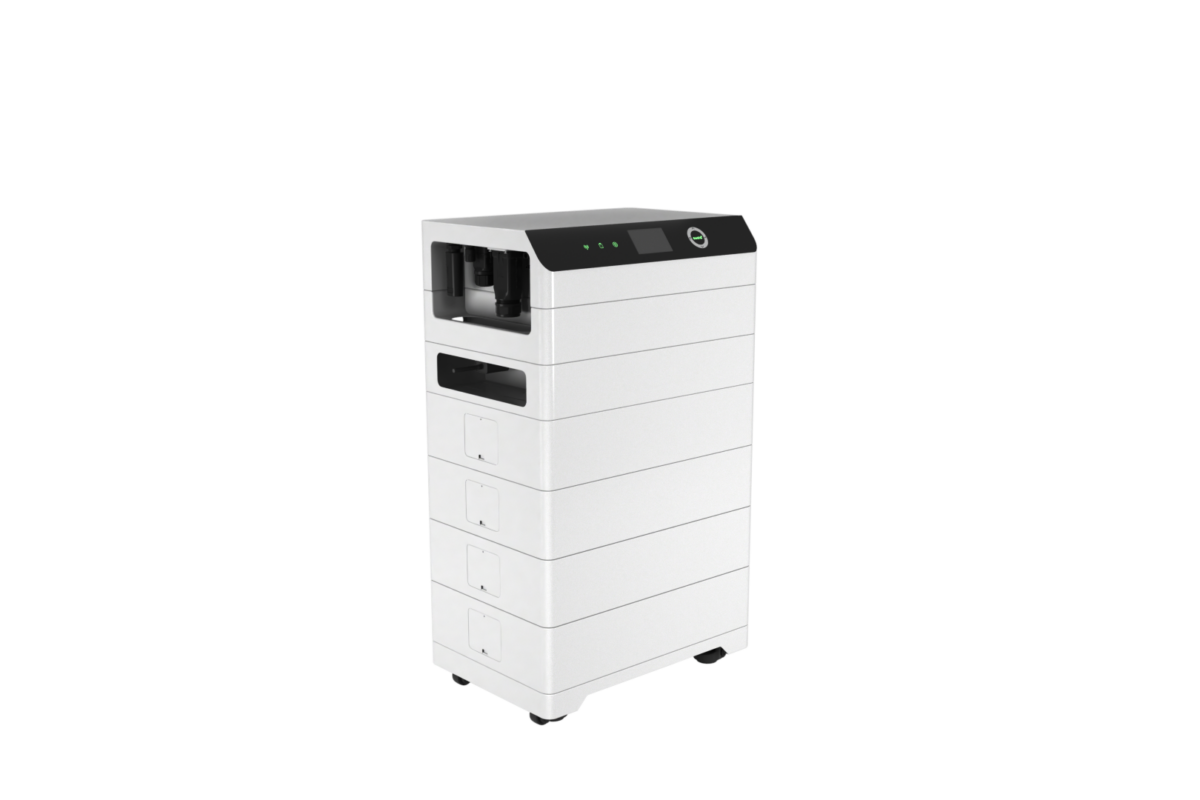Scientists at the SLAC National Accelerator Laboratory, operated by Stanford University on behalf of the U.S. Department of Energy, have been able to observe the behavior of light as it hits a perovskite film, and made several unexpected discoveries which could explain the high conversion efficiencies already seen in perovskite materials, and even allow scientists to push these further.
The researchers utilized a powerful ‘electron camera’ to observe atomic motions in a prototype material of iodine, lead and methylammonium. “We recorded movies that show that certain atoms in a perovskite respond to light within trillionths of a second in a very unusual manner,” says Aaron Lindenberg of the Stanford Institute for Materials and Energy Sciences. “This may facilitate the transport of electric charges through the material and boost its efficiency.”
The perovskite film was first hit with a 40-femtosecond (one femtosecond = one quadrillionth of a second) laser pulse, followed by a 300-femtosecond pulse of highly energetic electrons. This technique, called ultrafast electron diffraction, allowed the team to reconstruct the atomic structure.
“By repeating the experiment with different time delays between the two pulses, we obtained a stop motion movie of the lead and iodine atoms motion after the light hit,” says co-author of the study published in Science Advances Xijie Wang. “The method is similar to taking a series of ultrafast X-ray snaphots, but electrons give us much stronger signals for thin samples and are less destructive.”
The team expected to see the light affect atoms evenly, causing them to jiggle around their original positions, but were instead surprised by what they found. “Within 10 trillionths of a second after the laser pulse, the iodine atoms rotated around each lead atom as if they were moving on the surface of a sphere with the lead atom at the center, switching each octahedron from a regular shape to a distorted one.”
“This motion could alter the way charges move,” explains lead author Xiaoxi Wu. “This response could enhance efficiency by allowing electric charges to migrate through defects, and protecting them from being trapped in the material.”
The group's results were also evaluated by Felix Deschler of Cambridge University’s Cavendish Lab, an expert in light induced physics in novel materials, who stated: “The results from the Lindenberg group provide fascinating first-time insights into the properties of hybrid perovskites. Knowledge about the detailed atomic motion after photoexcitation yields new information about their performance and can provide new guidelines for material development.
Much of the current research into perovskite solar cells is focused on methods for reducing the presence of defects when growing the crystalline structure. These results, however, could move the research in a new direction.
This content is protected by copyright and may not be reused. If you want to cooperate with us and would like to reuse some of our content, please contact: editors@pv-magazine.com.




1 comment
By submitting this form you agree to pv magazine using your data for the purposes of publishing your comment.
Your personal data will only be disclosed or otherwise transmitted to third parties for the purposes of spam filtering or if this is necessary for technical maintenance of the website. Any other transfer to third parties will not take place unless this is justified on the basis of applicable data protection regulations or if pv magazine is legally obliged to do so.
You may revoke this consent at any time with effect for the future, in which case your personal data will be deleted immediately. Otherwise, your data will be deleted if pv magazine has processed your request or the purpose of data storage is fulfilled.
Further information on data privacy can be found in our Data Protection Policy.